21 January 2025
When it comes to real estate photography, the right lighting can make or break your shot. Have you ever scrolled through house listings and thought, "Geez, this place looks like a dungeon," or "Wow, this room just screams 'heavenly retreat'?" That’s the magic (or disaster) that good lighting – or bad lighting – can create.
Lighting is the secret sauce of real estate photography. It sets the mood, highlights key features, and ultimately helps sell the property. But let’s be honest: figuring out how to properly control lighting can feel like trying to tame a wild horse. If you've ever felt like the lighting gods were working against you, stick around. We're about to shine a big, bright light on some game-changing tips for mastering lighting control in real estate photography.
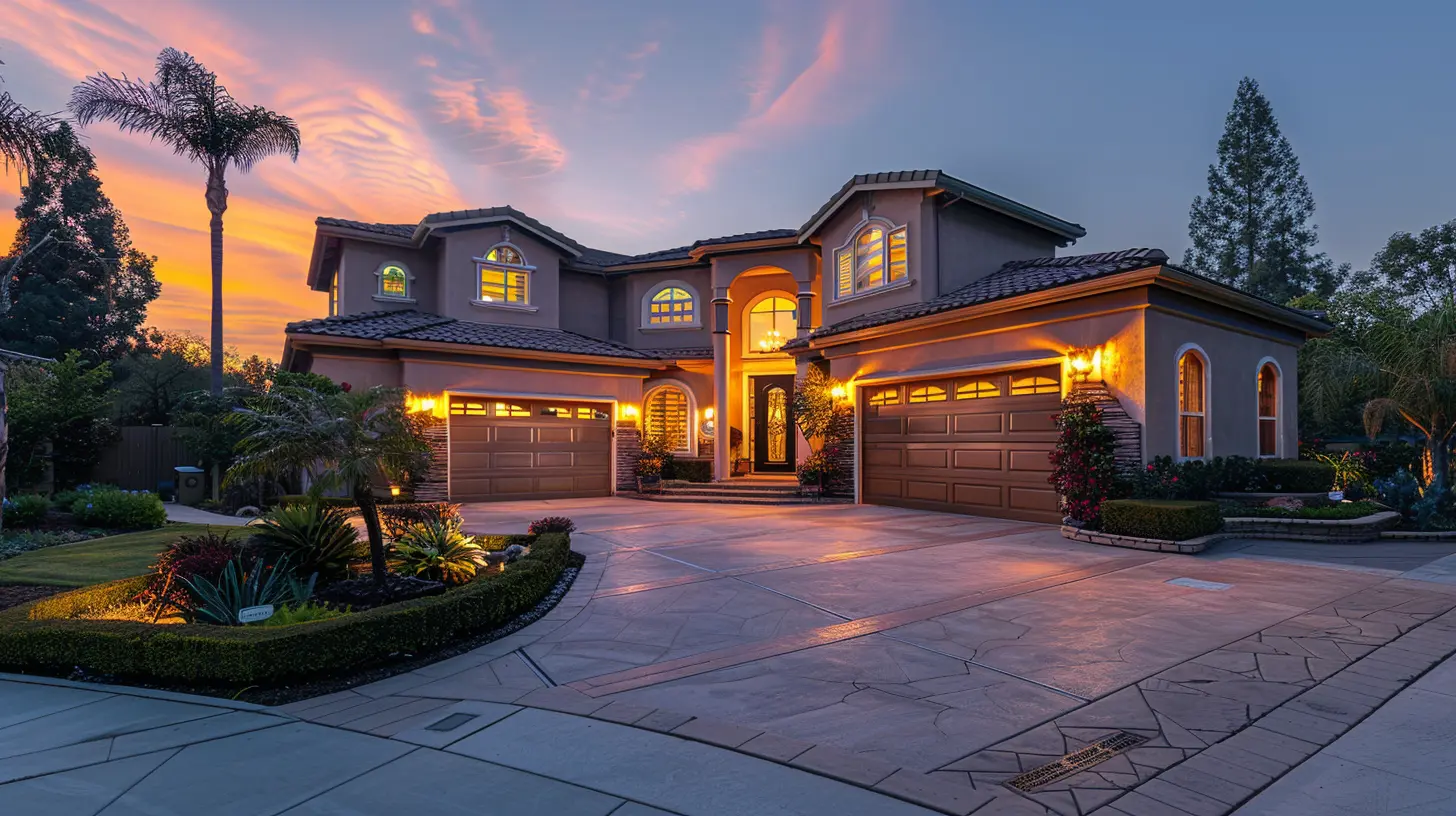
Why Lighting Matters in Real Estate Photography
Let’s start with the basics. Lighting isn’t just about helping you see stuff; it changes how we perceive the space. Think about this: would you rather walk into a room with soft, natural light spilling through the windows or one illuminated by a single harsh overhead bulb that makes everything look like it’s auditioning for a horror movie? Exactly.In real estate photography, lighting does more than just brighten the room; it makes everything feel inviting. Proper lighting helps buyers imagine themselves living in the space. It creates depth, showcases textures (hello, hardwood floors), and ensures your listing stands out in a sea of mediocre photos.
Bottom line? Lighting isn’t optional – it’s essential. 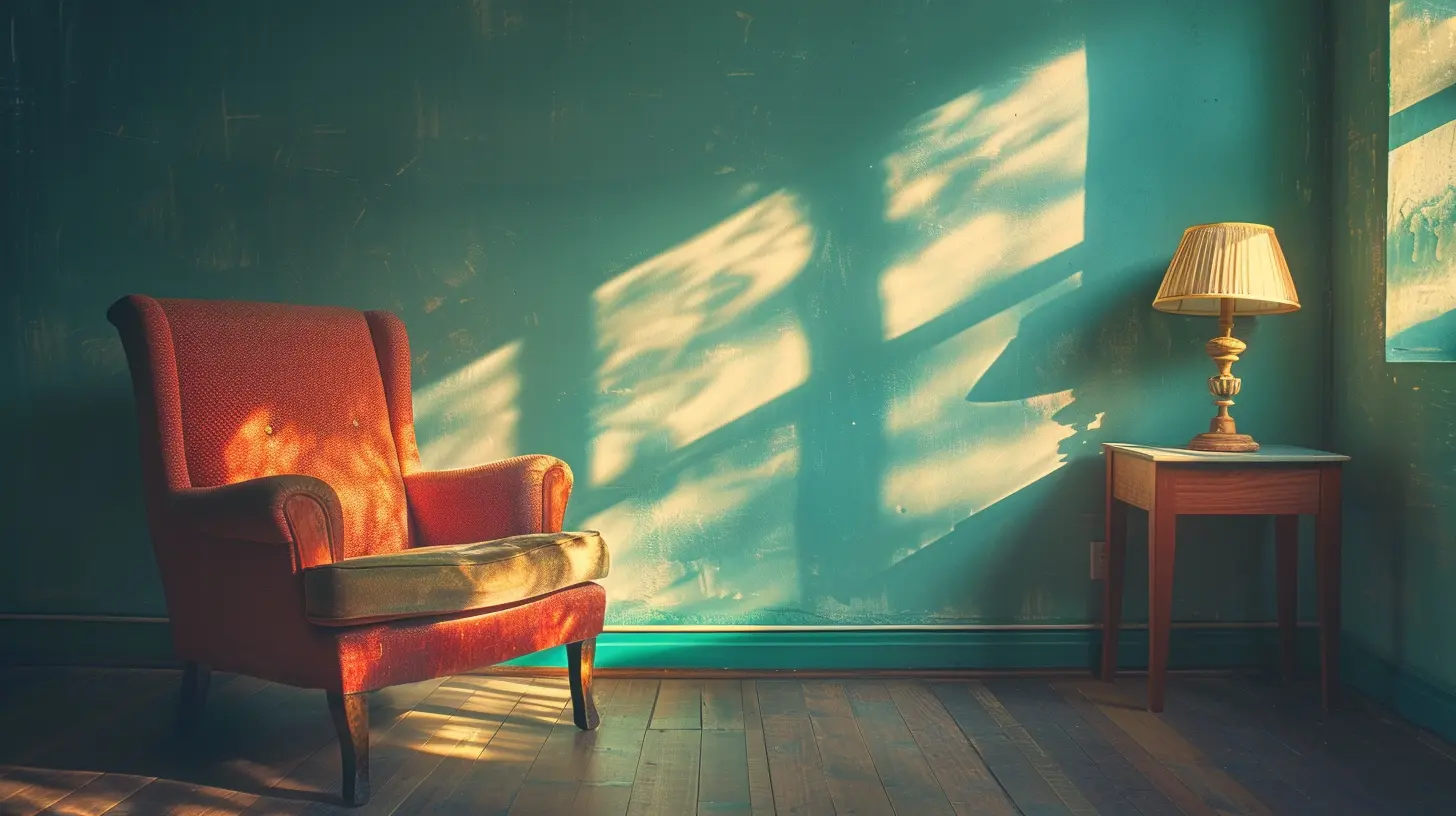
Mastering Indoor Lighting: Taming the Shadows
Indoor lighting can be a headache. You’ve got natural light, ceiling lights, floor lamps, and those sneaky shadows trying to photobomb your shot. But don’t stress – here’s how to take control.1. Embrace Natural Light
Your best friend in real estate photography? Natural light. No artificial setup can quite match its warm, inviting vibe. Open up those curtains and blinds and let that sunshine flood in.But here’s the trick: not all sunlight is created equal. The best time to shoot indoors is during the golden hours – that magical time after sunrise or before sunset when the sunlight is soft and diffused. Midday sun? Hard pass. It’s harsh, unforgiving, and creates weird shadows all over the place.
2. Avoid Mixing Light Sources
Picture this: you’ve got warm yellow light from a lamp, cool blue light spilling in from a window, and a greenish glow from some fluorescent overhead lighting. What does that equal? A lighting circus.Mixed lighting creates color temperature inconsistencies that throw off the entire look of your photo. Stick to one type of light per shot. If natural light is your jam, turn off the overhead lights. Going artificial? Close the blinds to block the sunlight. Keep it clean and cohesive.
3. Use Diffusers for Harsh Light
Got a room with super strong sunlight streaming in? Diffuse it. You can use curtains, a white bedsheet, or even a pro-level light diffuser to soften the rays. Harsh light can create intense highlights and shadows, which isn’t exactly flattering in your photos.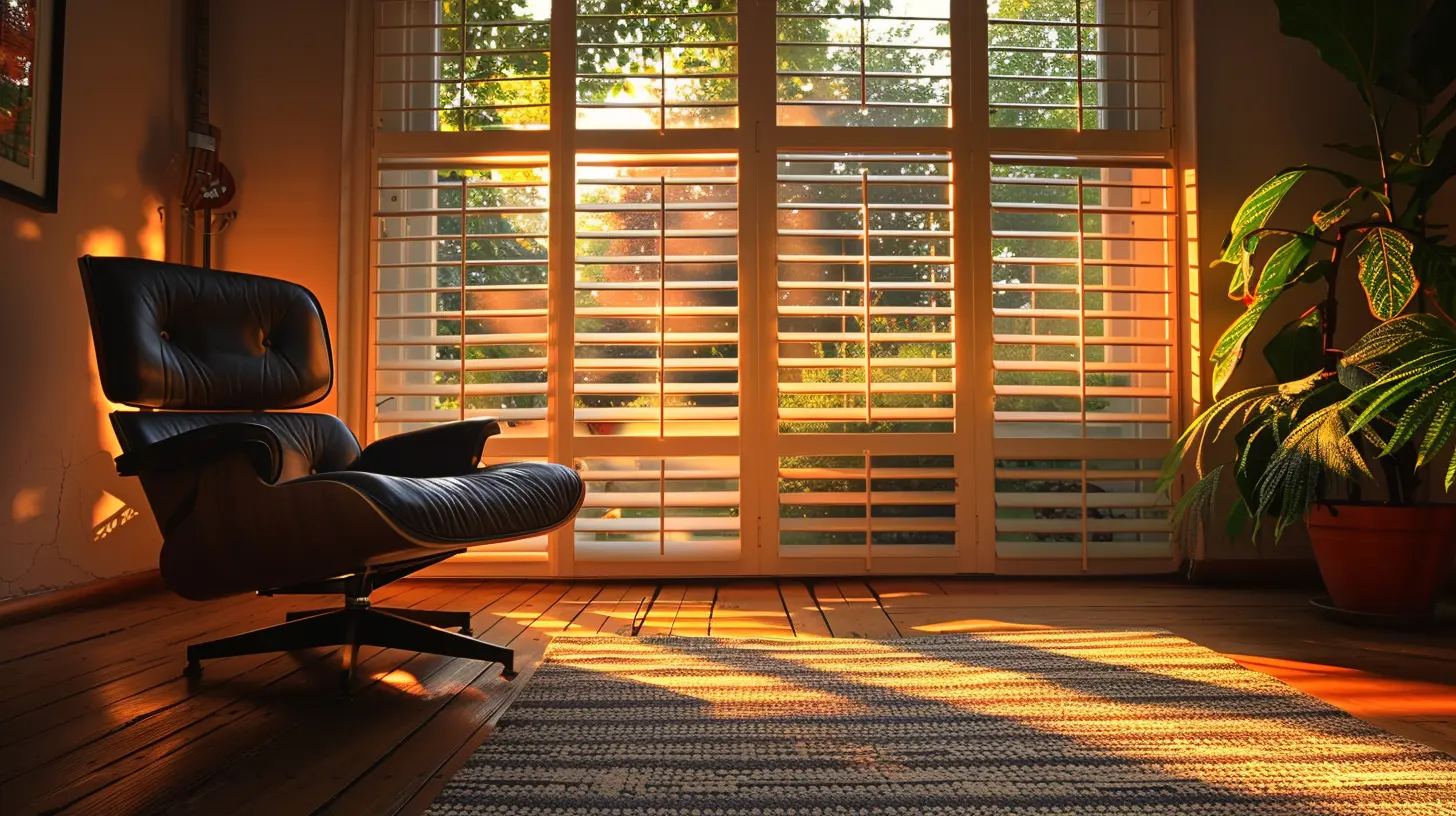
Mastering Outdoor Lighting: Timing is Everything
Shooting outdoors might seem easier – the sun’s doing all the work, right? Wrong. Outdoor lighting comes with its own set of challenges, but don’t worry – we’ve got you covered.1. Golden Hour is King
We already talked about the golden hour for indoor shots, but it’s even more important for exterior photos. This is when you’ll get that warm, dreamy glow that makes every house look like it’s wrapped in a cozy blanket.Shooting in harsh midday light? It’s a no-go. Shadows will be too sharp, and the details of the house might get blown out or lost in darkness. Plus, nobody wants a photo of a house with a glare so strong it could rival the sun.
2. Cloudy Days Aren’t the Enemy
Don’t cancel your shoot just because it’s overcast. Cloudy weather creates natural diffusion, giving you soft, even lighting. That means no harsh shadows and no glare. Translation? A total win for real estate photography.3. Pay Attention to Shadows
Ever seen a photo of a house where a tree’s shadow makes it look like there’s a giant claw creeping across the roof? Yep, shadows can be a real buzzkill. Check the positioning of the sun and watch out for anything casting weird shadows on the property. Sometimes a slight shift in angle can make a world of difference.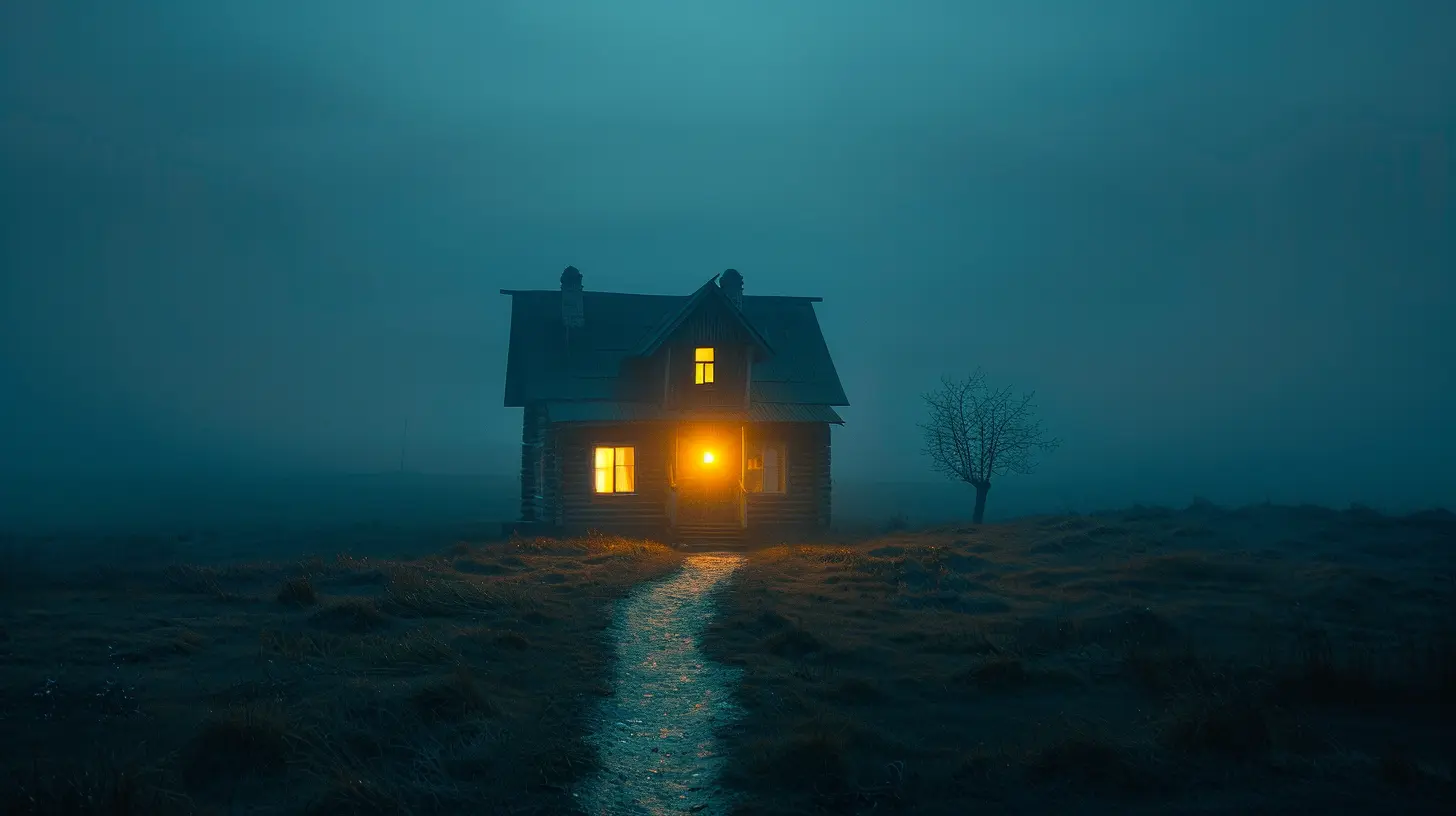
Equipment to Elevate Your Lighting Game
Let’s face it – sometimes natural light doesn’t cut it, and you need a little extra help. That’s where the right gear saves the day.1. Invest in a Good Flash
A reliable external flash is a lifesaver for tricky lighting situations. The built-in flash on your camera? Let’s just say it’s not winning any awards for subtlety. Go for a speedlight or a strobe light that lets you control the intensity, direction, and diffusion. It’s like having your own portable sun.2. Use Reflectors
Reflectors are the unsung heroes of photography. They bounce light where you need it – maybe to brighten up a shadowy corner or add some glow to a dimly-lit area. The best part? They don’t break the bank. You can even DIY one with a white poster board in a pinch.3. Tripods for Long Exposures
Photography in low-light conditions? You’ll want a tripod. Longer exposures let you capture more light without cranking up the ISO and introducing noise into your photo. It’s a simple trick that makes a big difference.Post-Processing: The Cherry on Top
Even with perfect lighting, a little post-processing can take your photos from good to jaw-dropping. Photo editing software like Adobe Lightroom or Photoshop lets you tweak brightness, contrast, and white balance to make your shots shine. But here’s the thing: don’t overdo it. Nobody wants a photo so edited it feels like it belongs in a video game. Keep it natural and realistic.Pro Tip: If you’re dealing with a blown-out window or a too-dark corner, try HDR photography. It combines multiple exposures to balance out the light and dark areas, giving you a beautifully even image.
Common Lighting Mistakes to Avoid
We’ve all been there – you think you’ve nailed the shot, only to discover later that something’s off. Here are some common lighting mistakes to watch out for:- Overexposed shots: Don’t let the light overpower your image. Blowouts are a no-go.
- Underexposed shots: On the flip side, don’t let your images be too dark. Buyers shouldn’t have to squint to see details.
- Ignoring color casts: Too much of one color (think yellow or blue tones) can ruin the vibe. Adjust your white balance to fix this.
- Relying too much on editing: Remember, editing should enhance your image, not fix blatant mistakes. Get the lighting right in-camera first.
Lighting Control Is Your Secret Weapon
If real estate photography is a game, lighting control is your MVP. It’s the tool that takes a bland photo and transforms it into an inviting masterpiece. Sure, it takes some practice (and maybe a little trial and error), but once you get the hang of it? Pure magic.So the next time you’re fiddling with blinds, chasing the sun, or battling harsh shadows, remember this: you’ve got this. Lighting isn’t the enemy – it’s just your overly dramatic co-star. Master it, and you’ll be snapping photos that sell homes faster than you can say “sold!

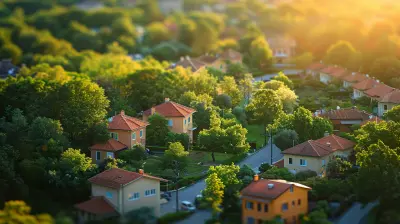

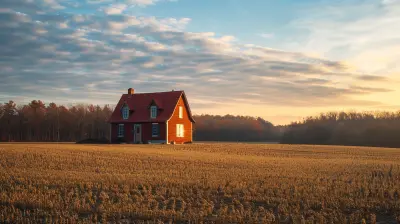
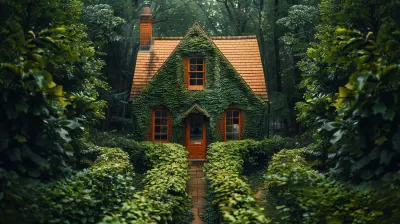
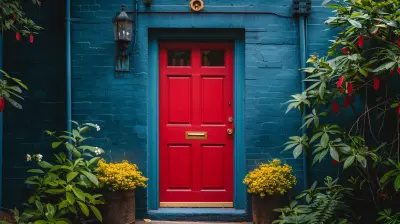

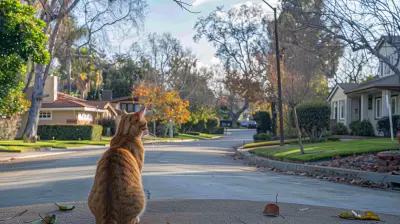

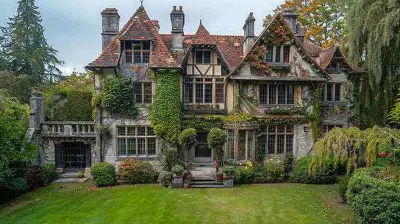


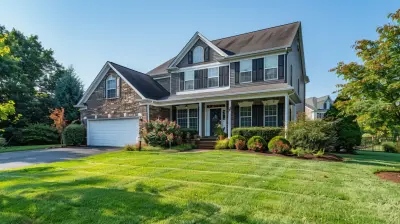
Megan McWilliams
Great tips! Proper lighting can truly transform real estate photos and attract buyers.
March 30, 2025 at 4:16 AM